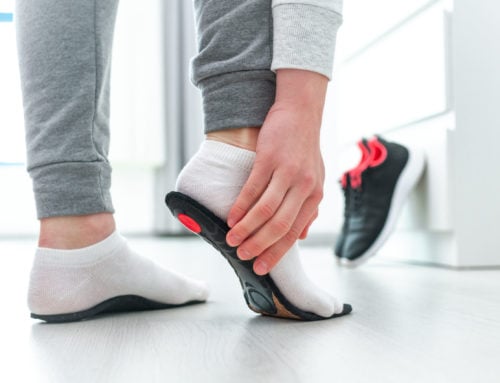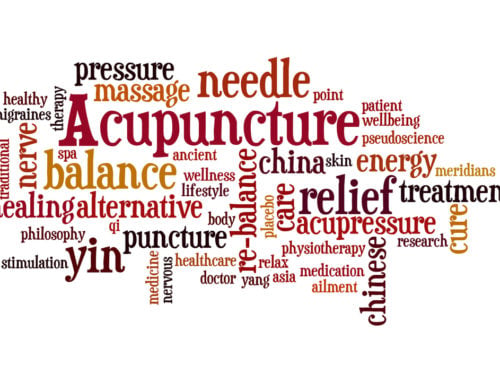Lower Back Pain Causes
Low back pain is extremely common and is one of the most common reasons for visiting a health practitioner. Pain in the lower back can arise due to many different causes, including ageing and wear and tear.
Maintaining a strong and healthy back is crucial in preventing back pain, and is an important part of an active lifestyle. Here are some tips to keep your back pain-free:
-
Maintain a healthy weight
Carrying excess body weight leads to an increased workload for the spine, and puts it under greater pressure. Maintaining a healthy weight is an essential component in keeping your back healthy.
Obesity has been shown to contribute to the development of low back disorders and pain, and maintaining a healthy weight through diet and exercise can go a long way in maintaining a healthy, pain-free spine. You can calculate your body mass index (BMI) easily using an online BMI calculator and entering your weight and height; a BMI within the range of 18-25 is considered healthy, whereas a BMI > 26 indicates extra body weight.
-
Lower back strengthening exercises
The body’s core includes the abdomen, hips and lower back, and maintaining a stable core allows the muscles in these areas to work together to support the spine. Weak core muscles due to ageing or a sedentary lifestyle are causes of back pain; therefore, it is important to adopt an exercise regimen which strengthens the core muscles and supports good posture.
Biking, swimming and walking are all examples of low-impact exercises that can strengthen the muscles which support the back. Staying fit and performing exercises for lower back and core strengthening are a great way to prevent low back pain.
-
Quit smoking
It is a well-known fact that smoking is bad for overall health, and scientific research has also revealed that smoking is quite detrimental to spine health. Smoking can damage the spine by decreasing bone density and increasing the risk of osteoporosis, impairing blood flow and circulation to the spine, and impairing the natural healing processes in your body.
In addition, reduction of blood supply to the spine caused by smoking also impairs blood circulation to the spinal discs between the vertebrae, which can contribute to their degeneration. This can lead to chronic back pain which is difficult to treat. Therefore, quitting smoking is one of the best strategies to keep your lower back healthy throughout your life.
-
Practice yoga and stretching
Yoga exercises work on stretching and strengthening the body’s muscles and can be a great way to improve the posture and strengthen the core and lower back muscles. A recent research study has even shown that yoga can serve as an effective treatment for lower back pain.
Since yoga exercises stretch and strengthen the muscles on both sides of the body equally, it helps to maintain good muscle tone while maintaining the natural curvature of the spine.
-
Get regular aerobic exercise
Aerobic exercise promotes the circulation of oxygen and nutrients within the body, including inside the spinal structures. In addition, gentle exercise and movement stimulate the muscles, tendons and ligaments, which is important in maintaining spinal integrity. Regular exercise can prevent back injury by strengthening muscles and improving posture.
Research studies show that moderate aerobic exercise not only helps to prevent low back pain but also helps to relieve existing back pain.
-
Adopt lifestyle changes to prevent back pain
Individuals who lead a mostly sedentary lifestyle with a job that requires a lot of sitting down are at an increased risk of experiencing low back pain. It is crucial to maintaining good posture when sitting down for extended periods of time and take regular breaks to stretch and walk around.
Make sure your workspace (desk, computer and chair) are set up ergonomically, according to your height. If you have a job which involves lifting or carrying of heavy objects, it is important to learn and practice safe lifting techniques.
In addition, stress levels can also affect spine health, since high levels of stress can result in muscle tightening in the neck, shoulders and back, which can contribute to back pain. Therefore, it is important to take steps to minimize stress levels and to learn and implement relaxation techniques.
-
Adapt to healthy sleeping habits
The quality of the mattress you sleep on is very important to your overall health. If your mattress is too soft, it provides insufficient support for your spine and can cause misalignment problems and contribute to developing low back pain. Typically, medium-firm mattresses are considered to provide better support for the spine.
Consult your physician or chiropractor for advice on choosing the perfect mattress for your back. In addition, getting sufficient sleep (at least 7-8 hours a night) is necessary to stay healthy, both physically and mentally.
-
Adopt a healthy diet rich in Vitamin D and Calcium
Vitamin D is an essential vitamin/hormone which can be obtained from both sunshine and dietary sources and is necessary for good bone health. Dairy products and orange juice are typically fortified with Vitamin D and are good sources of this nutrient.
Oily fish, such as tuna, mackerel and salmon are also great sources of vitamin D. Calcium is another nutrient necessary to build and maintain strong bones. Dietary sources of calcium include dairy products, leafy green vegetables, fish, and calcium-fortified products, such as soy milk and cereals.
Although it is best to obtain both calcium and Vitamin D from dietary sources, it is also possible to get these nutrients from supplements.
-
Pay attention to any warning signs your body gives you
If you begin to experience back pain, do not ignore it, even if it is subtle and does not interfere with your daily activities. Although most individuals experience some degree of back pain throughout their lives, back pain can indicate spine or soft tissue problems which, if left untreated, can become serious.
Therefore, when experiencing back pain episodes that do not resolve within several days, instead of ignoring the pain or self-medicating, it is best to consult a physician for an assessment and correct treatment.








